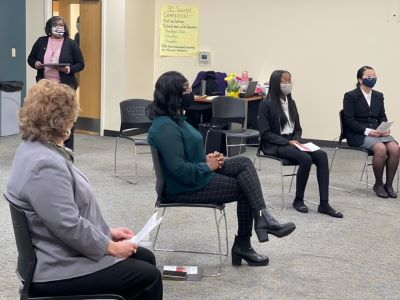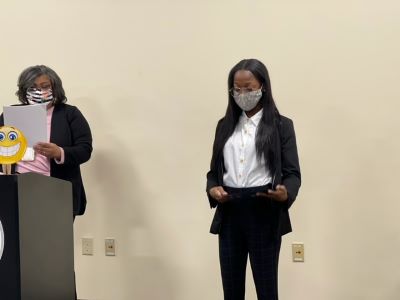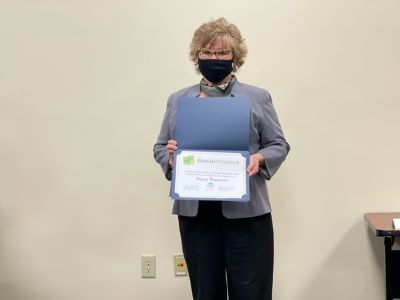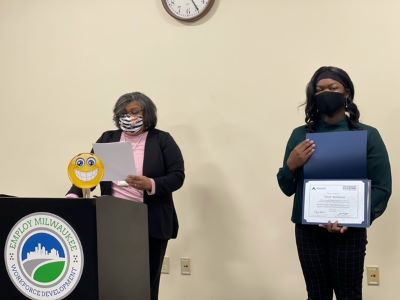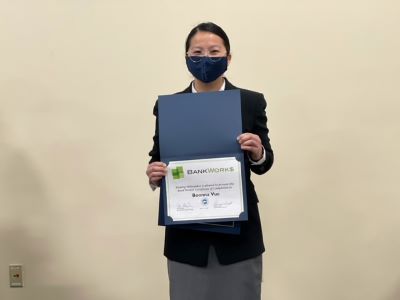Travel plans didn’t just take a back seat during the chaotic ride of 2020 – for many, they were left on the side of the road.
Restrictions and limitations remain in place, but PTO hasn’t disappeared in the same way travel capability has. As a result, using vacation time has taken on a new meaning without taking a trip abroad or getting the whole family together for the holidays. With people having worked their way through the pandemic, a new concern is whether 2021 will continue this trend of people abandoning their vacation time in favor of more hours spent at their desks and home offices.
The Year Vacations Stopped
Taking time off was never banned by any means. The initial global shutdown combined with the unprecedented amount of people working remotely in the spring simply had many asking a very rational question: ‘Why would I take time off from working at home just to spend more time at home?’ Gwen Schnitzler, assistant vice president, human resources director at Forward Bank, Marshfield, saw a fair amount of this throughout the year.
“Last year we definitely saw a decrease in PTO usage,” she said. “Some people may have planned trips they had to cancel because they couldn’t travel or didn’t feel comfortable doing so. Some questioned why they would take time off if there’s nowhere to go. There were a lot of factors contributing to this decrease.”
A lack of places to go was only the starting point for this trend. For other employees, uncertainty in the future and health concerns played a larger role in their willingness to take time off than anything else.
“With so many unknown factors related to COVID, we had a lot of employees holding on to their PTO,” said Ann Knutson, senior vice president, human resources director of Bank Five Nine, Oconomowoc. “People weren’t sure how this was all going to unfold. Even with FFCRA, people were reluctant to use all of their paid time off.”
With so much uncertainty and a hold put on travel, it made sense that banks began reconsidering how to accommodate for this evolving scenario. Molly Bauer, Bank of Wisconsin Dells vice president, human resources officer, noted that properly responding to this created necessary reassurance for the individuals preparing for any unpredictable occurrence. They ultimately decided to do what they noticed other banks were doing.
“We increased our carryover amounts for 2021,” said Bauer. “Then, time not used by the end of June goes into our ‘extended leave bank’ which can be used for illness-related events.”
Each bank took its own approach to the situation based off the needs of its employees. Forward Bank realized early on that even if 2021 did provide a glimpse of hope, many of their employees might very well continue viewing the situation with caution. The fear was that the additional time off would simply go unused.
“Under normal circumstances, employees can already carry over a week,” said Schnitzler. “We thought about extending that, but then understood how in a way we were almost prolonging the problem.”
Instead, Forward Bank offered employees the option to cash out up to two weeks of PTO. The option was announced in the summertime, which allowed everyone to fully think about what they wanted to do and plan for it. For those who opted to use this choice, the payment was made on the Friday after Thanksgiving.
“It gave the people who didn’t think they’d use that PTO a way to cash out instead,” Schnitzler added. “We timed it around the holidays so if employees wanted to put that toward holiday-related expenses they could.”
She noted that the idea was well-received, even by those who decided not to take advantage of it. People were just happy to have that element of choice during a year that vacations allowed for anything but.
A Good Time to Take Time Off
Although these changes helped to make life easier, there hasn’t been much of an argument to carry this concept over into the new fiscal year. For some, this is a matter of life finally beginning to return to normal. For others, there is a concern that employees are not taking the time off they deserve. Many employees point to the recent growth in work spurred by essential tasks such as PPP as reason for sticking around.
“Things got really busy, really quick,” said Schnitzler. “Of course, we still accommodated for when people wanted to take time off. But with mortgages, PPP loans, and the knowledge that even if time was to be taken off there weren’t a lot of options for recreation, the majority of people decided they would just keep working.”
This became especially difficult for employees still working remotely. Now that their home had doubled as their office, taking time off simply meant spending more time in the place that they work. Schnitzler added that especially now with workloads leveling out a bit, it’s good to view spending time not working as an important part of the work itself, regardless of where or how you end up using that PTO. Whether you’re simply recharging or looking to spend more quality time with your family, taking that time away from work is crucial for your health and well-being.
“If you’re at a point where you feel like you have so much going on and can’t possibly take time away, that is exactly the time to use some vacation,” said Knutson. “This prevents burnout and encourages creativity. When people are away from work, they’re able to think about how they might take a new approach to their work style. They can think about developing new workflows. And it helps you keep in mind that life isn’t just about work.”
Encouraging employees to take time off comes with several benefits. It can help them gain perspective, recalibrate, and have a positive effect on mental and physical health.
“The past year speaks a lot about our workforce and the fact that so many people are willing to keep powering through, especially last year when things were so crazy,” Schnitzler said. “Seeing that dedication in this industry is amazing.”
But at the end of the day, she noted that dedication doesn’t mean giving up the PTO you’ve earned. Allowing yourself some extended time to relax is part of the reward for hard work, not the antithesis of it.
“It’s really as simple as this,” she added. “We don’t give people vacation time with the expectation that they’re not going to use it.”
Returning to the Office
Taking the opportunity to clear the mind outside of the day-to-day responsibilities of work is a necessary part of self-care, but prioritizing this time off doesn’t change the fact that the spread of COVID is still an issue. Making sure guidelines are set in place upon return to the office gives workers the time off they deserve while preventing any further spread. This might look different at each bank, and it doesn’t have to require any extraordinary planning.
“We’ve just been following CDC and local health department guidelines,” Knutson said. “We are not scientists, we are not doctors, we are not medical professionals, and we don’t want to pretend like we are. I think that’s important because we don’t want to step outside of our expertise. We have to be able to rely on the experts.”
Knutson noted that when you follow the professional advice that’s out there, you have the experts to lean on. And though planning is crucial, it’s equally as important to not overreach when it comes to people’s lives. Managing risk does not mean asking workers to quarantine after returning from seeing their in-laws in Illinois, and having a plan can be as simple as asking employees to be honest with where they’ve been and if they believe they’ve been exposed to the virus.
“The banking industry is one that likes to make quick decisions once we have as many facts as we possibly can,” she continued. “This way we can make a more accurate decision upfront and won’t have to change our position at a later date.”
Another concern is whether employers might discourage people from enjoying themselves by placing harsh restrictions on their ability to work once they come back. If allowing a few days of remote work isn’t an option, setting allotted time aside for employees to quarantine if necessary when returning from a trip is one way to incentivize vacation and stay safe in the process.
“[Bank of Wisconsin Dells] has set up a bank of the equivalent of 10 days of paid time for anything that we require you to be out for, such as travel quarantine or extra days for illness,” said Bauer. “This is in addition to our PTO plan and the FFCRA time.”
With all these factors considered, it is still uncertain whether people will end last year’s trend of skipping out on vacation time. While there are still plenty of things to remain cautious of, there is also reason to be optimistic that bankers are re-evaluating the importance of their time off.
“We don’t know what the future is going to look like,” admitted Schnitzler, “but we’ve seen employees begin to feel more comfortable with traveling again. The virus is still out there, but there are a lot more precautions in place and I think people are really becoming more comfortable.”
As Knutson sees it, employees are preparing for some much-needed time out of the office, whether it be for travel plans or to simply unwind.
“I’m finding and hearing that more people are planning on taking PTO for vacation purposes,” she said. “It seems that so many people are beginning to look past the current situation and realizing that they just need some time to relax after such a long, difficult, and unexpected year.”
By, Alex Paniagua
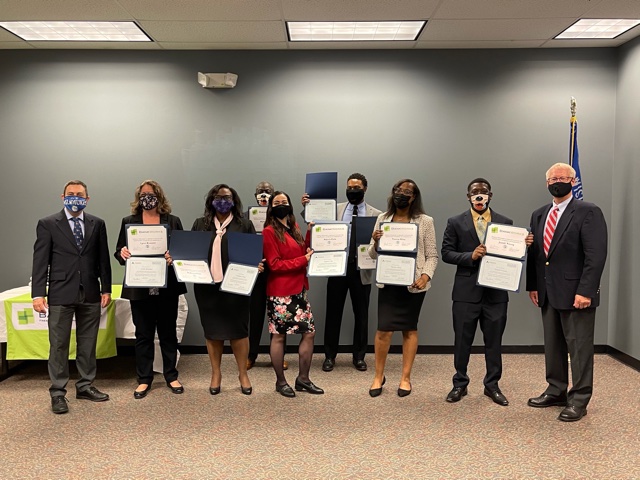




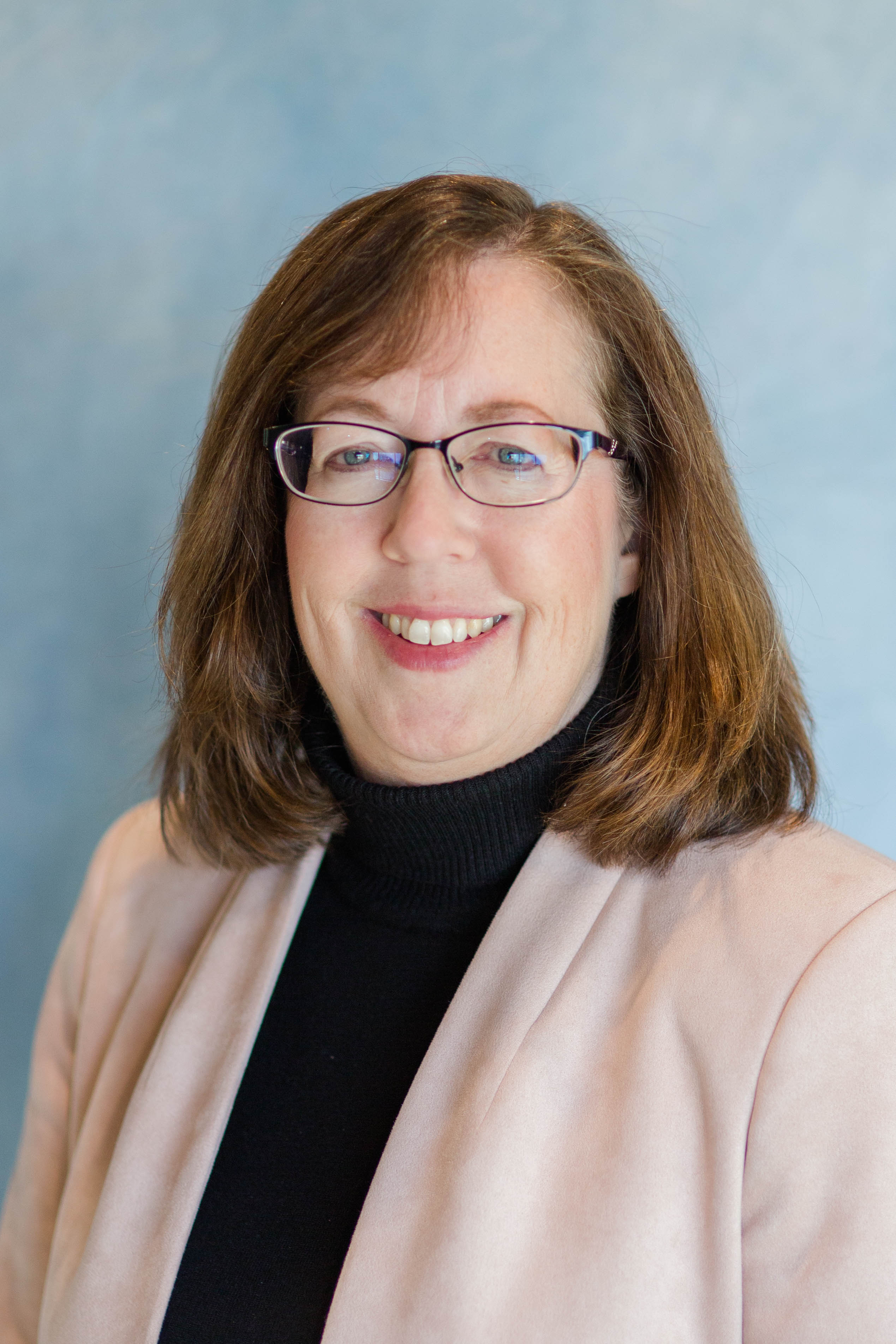 By Rose Oswald Poels
By Rose Oswald Poels

